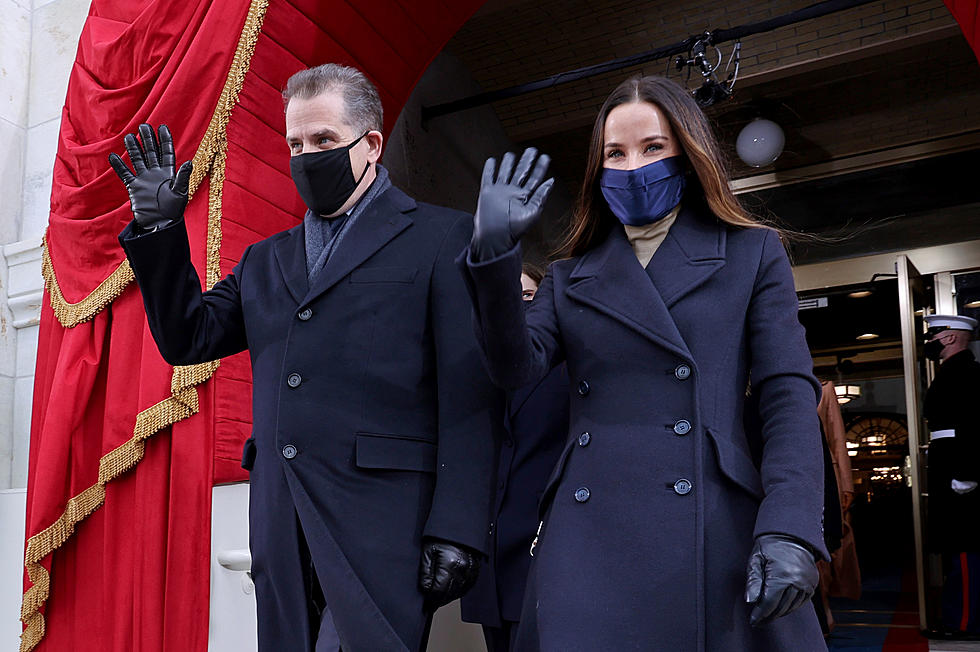Duck Hunting Season Looks Good This Year
NEW ORLEANS (AP) — Here's the good news for the local duck season: There's record drought gripping states to the north of us. Here's the bad news: There's record drought gripping the states north of us.
Here's the worst news: Many of your congressmen are working against regulations that have protected wetlands against drought.
OK, let's take the news in order.
The good
If you hunt on the wintering end of the flyway, it's always helpful when habitat conditions north of you encourage ducks to move southward. And the best conditions up north for forcing birds to Louisiana earlier and in larger numbers than usual is a dry summer followed by a cold, dry winter.
That isn't a guess; it's a matter of research done by the U.S. Fish and Wildlife Service.
"The study published in 1984 tracked the distribution of mallard band recoveries on the flyway," recalled biologist Larry Reynolds, waterfowl study leader for the Louisiana Department of Wildlife and Fisheries. "It showed clearly dry, cold winters (north of us) were best for our hunting, while the worst combination for us was warm, wet winters.
"In those dry, cold winters recovery of the bands shifted strongly to the southern end of the flyway, and in warm, wet winters, they shifted strongly to the north. In average winters, the distribution was spread pretty evenly."
While that study (like most) was done on a species that isn't a major part of the local bag -- mallards -- Reynolds believes it will apply equally well, if not more strongly, to species most important to local hunters because they are all early migrants: blue-winged teal, gadwall (grey ducks), pintail and shovelers (spoonies).
"When I was in graduate school, I hunted the Atchafalaya Basin and religiously scouted the area before the season," he said. "And I remember one year when there was a severe drought north of us, and the delta was absolutely covered up with the early migrants.
"If this drought holds, I think we'll see the same thing this year. If those early migrants can't find suitable habitat for stopovers on their way south, they will probably come south quicker."
Of course, the conditions to the north wouldn't mean much if local conditions were not good, but they are. Our marshes are wet and thick with plants that serve as prime duck food.
Now all we need is to ride through the peak of tropical storm season without a hit.
The bad
Aside from the significant human and economic costs of the drought, local waterfowlers should also be concerned about the future impact it is certain to have on waterfowl production. The area going dry extends into some of the nation's most important waterfowl nesting grounds, including the prairie potholes in the Dakotas.
And things are only expected to get worse. Research published this month not only links the current record drought to global warming, but indicates it will continue for decades to come.
Those of us who were hunting in the 1980s remember the droughts that dropped waterfowl production so low seasons were reduced to 30 days with three-duck daily limits. That dry period was not as severe or as long-lasting as the current drought is predicted to be, yet it dealt a severe blow to waterfowling participation. That set off a crisis in funding for management and conservation because those critical functions were paid for largely by sportsmen licenses and excise taxes.
Indeed, it was those lean times that were the impetus behind the push that led to the North American Wetlands Conservation Act, the package of regulations and conservation initiatives designed to maintain a solid habitat base for the future.
And that brings us to the next headline.
The worst
This warming, drying climate is arriving at the same time some in Congress are pushing to reduce funding for conservation programs like NAWCA and to roll back regulatory protection on wetlands and other wildlife habitat. The bitter irony is that the regulations under attack were designed to provide a hedge against just such changes in environmental conditions.
Louisiana waterfowlers should know that their GOP House delegation, most of whom claim to be pro-sportsmen, have been voting with this herd against regulations needed to protect waterfowl habitat.
Two examples: Their opposed reinstatement of protections for temporary, isolated wetlands removed by Supreme Court decisions; they voted to prevent federal agencies from enforcing new wetlands guidance from the White House that could limit the damage of those court decisions.
Without those regulations when many of the prairie potholes -- which are "temporary isolated wetlands" -- dry up during this drought, they can now be permanently turned into cropland. When that happens, waterfowl production will plummet.
So, if we're covered with teal and gray ducks this fall due to the drought up north, enjoy the hunting. But also consider the costs if nothing changes in Washington.
___
Information from: The Times-Picayune, http://www.nola.com
More From News Talk 96.5 KPEL









